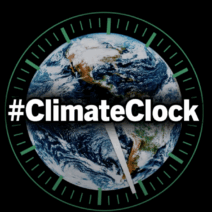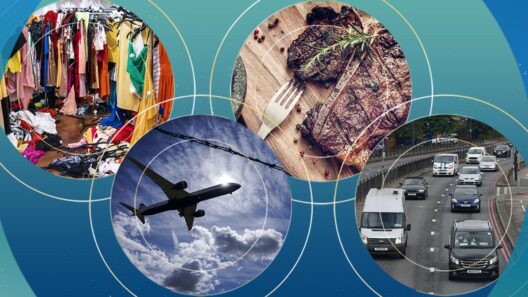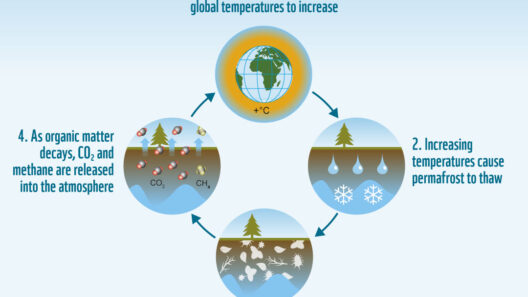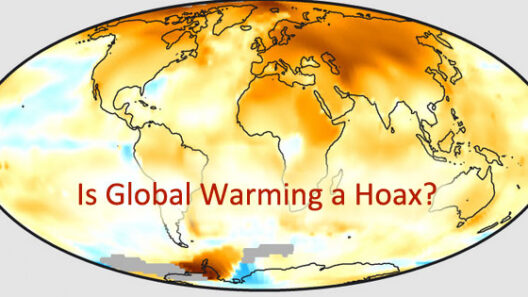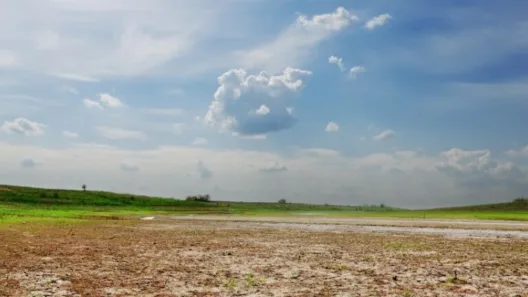The polar vortex, a term that conjures images of frigid winds and swirling snowstorms, has recently become a focal point in discussions about climate change. To comprehend the implications of these icy phenomena, we must first understand what the polar vortex truly represents. In essence, the polar vortex is a large, persistent cyclone that forms in the stratosphere, a layer of the atmosphere that influences weather patterns far below. While this occurrence has been a natural part of our atmospheric system for eons, its behavior appears to be changing, leading to intriguing questions about the potential connections between the polar vortex and global warming.
Imagine the Earth as a finely tuned symphony orchestra. The various instrumental sections—winds, strings, percussion—must work in harmony to create a melodious experience. When climate stability is disrupted, however, it is akin to one section playing out of tune. This dissonance yields unpredictable consequences. In recent years, scientists have observed that the polar vortex is not just a player in the orchestra; it has become a soloist, taking center stage in the performance of our climate.
Typically, the polar vortex functions as a robust shield, confining cold air to the polar regions. However, as global temperatures rise, we witness an erosion of this barrier. The warming Arctic weakens the polar vortex, causing it to wobble and fragment. This disruption can unleash surges of Arctic air southwards, instigating extreme weather events in temperate regions. The once benign winter storms morph into monstrous blizzards, reminiscent of nature’s wrath unleashed upon an unsuspecting populace.
These changes raise a critical question: is the polar vortex merely a byproduct of natural variability, or are its recent aberrations a clarion call of global warming gone wild? Evidence points toward the latter. The intricate dance between the warming Arctic and the polar vortex elucidates a troubling narrative. As sea ice diminishes and ocean temperatures rise, the dynamics of the polar vortex become increasingly erratic. This instability is a symbolic representation of our changing planet, whispering the dire warnings of an environment in distress.
One must appreciate the regional disparities when observing the consequences of polar vortex disruptions. For instance, episodes of extreme cold in the Midwest United States can be traced back to the movement of the polar vortex. In contrast, other regions, such as Europe, may experience milder winters. This bifurcation of weather patterns underscores the complexity of climate change; it is not a uniform experience but rather a cacophony of local effects arising from global phenomena.
Furthermore, the concept of a bifurcated climate experience sparks a metaphorical reflection on inequality. Just as the polar vortex draws boundaries around frigid Arctic air, climate change delineates divides between those who experience the consequences and those who evade them. Consequently, marginalized communities often bear the brunt of extreme weather, their resilience tested in ways that wealthier nations might scarcely comprehend. The polar vortex serves as a chilling reminder of our shared vulnerability amidst climatic tumult.
As we dissect the ramifications of a destabilized polar vortex, it becomes imperative to consider the broader implications of persistent global warming. The interconnectivity of our climate is evidenced by a multitude of feedback mechanisms that propel additional warming. For instance, reduced ice cover leads to increased solar absorption by the ocean, further perpetuating the cycle of heating. This cascade of events relates intricately to the disarray of the polar vortex, highlighting a symbiotic relationship that demands our attention.
In responding to the threats posed by these shifting atmospheric patterns, we must also address the societal implications. An increasingly capricious polar vortex may not only precipitate extreme weather but also exacerbate existing challenges, ranging from food security to public health. As the frequency of severe storms increases, infrastructure strains under the weight of necessity and demand. Moreover, the economic burden of adapting to unpredictable weather becomes a stark reality. This pendulum swings unremittingly, perpetuating cycles of vulnerability and hardship.
Therefore, the trajectory of our globalized society hinges on our response to climate change and its manifestations, such as the polar vortex. The metaphorical curtain has been drawn back, revealing a complex narrative woven with threads of environmental integrity, social equity, and economic resilience. We are all participants in this unfolding drama, and ignoring the signs may result in dire consequences that resonate far beyond our own backyards.
In conclusion, the polar vortex stands as a potent symbol of our climate’s transformation—a manifestation of a world where the familiar has been upended by our own actions. Addressing the underlying forces that destabilize the polar vortex is not merely an environmental concern; it is a moral imperative. As stewards of this planet, our duty is to confront the changing temperatures with vigor, to fortify our societal structures against the winds of change, and to develop a nuanced understanding of the interconnectedness of our global ecosystem. The polar vortex is not just about cold air; it is a reminder of the warming world we inhabit, urging us to act before the dissonance becomes our new symphony.


